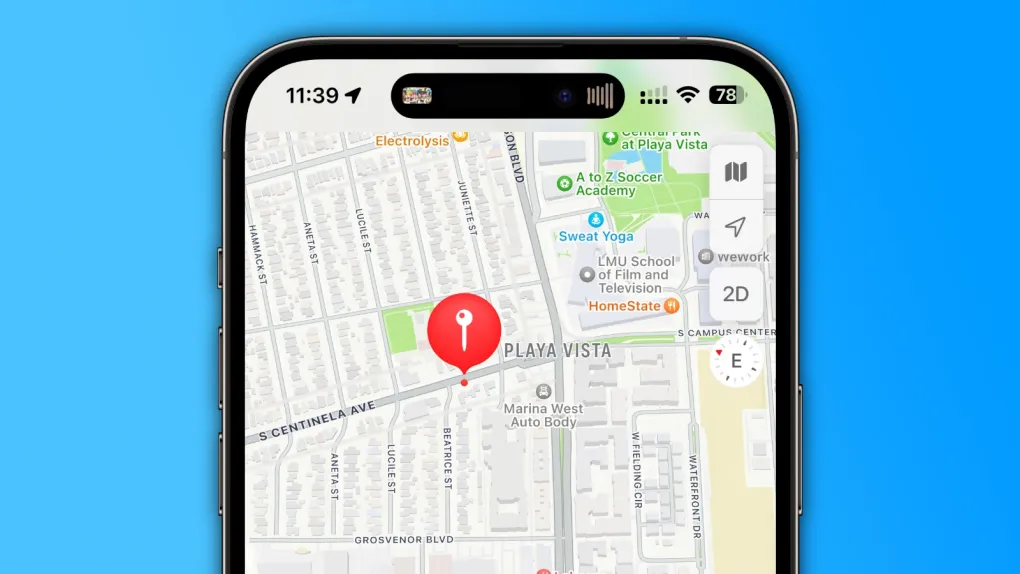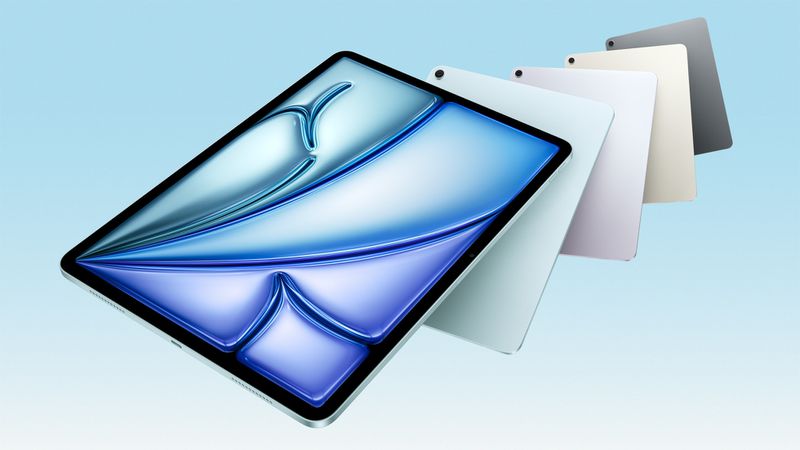Apple fans, get ready—exciting updates are on the way! Later this year, around October 2025, Apple plans to launch new iPad Pro and MacBook Pro models powered by the M5 chip. This follows their usual pattern, as the last MacBook Pro update happened in October 2024, and the current iPad Pro hit stores in May 2024.
The M5 chip promises faster performance, keeping these gadgets ahead of the game. Mass production of the M5 iPad Pro is already gearing up for the second half of 2025, so the timing fits perfectly. Looking further ahead, Apple is working on even bigger things. By 2027, we might see an iPad Pro with the M6 chip and Apple’s very own 5G modem.
Right now, iPads use Qualcomm’s modems, but Apple started switching to its custom C1 modem with the iPhone 16e in 2024. The goal? Better control and efficiency. Reports suggest this M6 iPad Pro could roll out in early 2027, sticking to Apple’s habit of refreshing iPads every 18 months or so.
There’s more! Apple is also cooking up a basic iPad 12 with a new chip and a MacBook Air with the M5, both possibly arriving in 2026. Details are still fuzzy, but these upgrades show Apple’s focus on keeping its devices fresh and powerful. Stay tuned for more news as these launch dates get closer!




